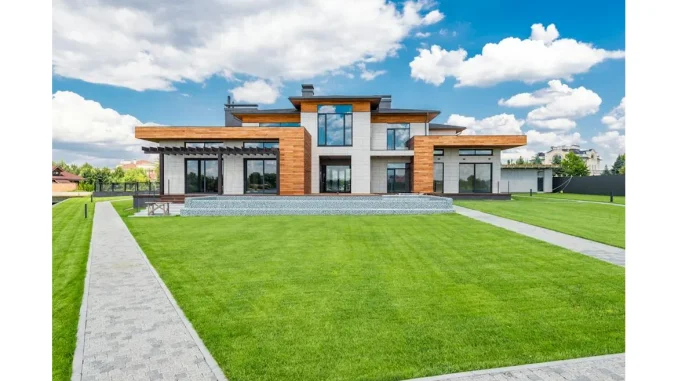
In an era where environmental awareness has become paramount, the architecture and design sectors are increasingly prioritising sustainable practices. With Earth Day on the horizon, it provides an opportune moment to reflect on our collective environmental impact and serves as a clarion call for industries to unite in their efforts to build a greener future. The American Institute of Architects (AIA) Conference on Architecture stands as a crucial platform, bringing together architects and industry professionals to explore the latest trends in sustainable design and eco-friendly methodologies.
A core tenet of these sustainable practices is the imperative to avoid greenwashing—a deceptive practice that misleads the public into believing products or practices are environmentally friendly when they are not. Henley McKinnon, an esteemed sustainability expert, underscores the importance of developing robust strategies that genuinely align with sustainability goals. Authentic sustainable claims must be transparent and backed by credible actions to drive meaningful change and foster a more responsible industry.
Collaboration is at the heart of the journey towards sustainability. The AIA Conference on Architecture is pivotal in this regard, offering a confluence where professionals can exchange ideas, share insights, and explore ways to integrate sustainable design principles into their projects. The conference is rich in content, featuring discussions, webinars, and workshops on sustainable design, regenerative design, and the Leadership in Energy and Environmental Design (LEED) certification. These sessions provide a thorough understanding of the importance of sustainability in our daily choices and professional undertakings.
Building strong relationships with architects and designers is crucial for promoting sustainable products in the marketplace. By collaborating with organisations to ensure that products meet industry standards, businesses can enhance their credibility and appeal to environmentally conscious clients who prioritise sustainability. Networking at trade shows and working with certification bodies are essential steps in staying updated with trends and attracting a clientele that values environmental responsibility.
The Greenbuild International Conference and Expo is another premier event in the green building industry, offering invaluable insights into sustainable construction and LEED certification. This event serves as a beacon for professionals seeking to deepen their understanding of sustainable practices and innovative solutions for incorporation into their projects. It highlights the importance of integrating sustainability into marketing campaigns, leveraging trade shows to connect with potential clients, and partnering with certification bodies to enhance credibility.
Similarly, the Living Future Conference, organised by the International Living Future Institute (ILFI), is an essential gathering for those committed to promoting regenerative design and sustainable practices. This conference emphasises networking and collaboration with industry professionals, providing a platform to discuss and learn about the latest trends in sustainable design. Highlighting the sustainable aspects of products in marketing campaigns, showcasing sustainable practices through various channels such as blog posts and social media campaigns, and educating the audience about sustainable practices are fundamental strategies underscored at these conferences.
Promoting ecological balance through sustainable design is crucial in our collective efforts to construct a greener future. Businesses should highlight their sustainable claims through multiple channels, including blog posts, social media campaigns, and case studies, to educate and inspire others to follow suit. Developing eco-friendly content, creating marketing materials that accentuate green credentials, and ensuring products contribute to green standards are essential steps in this endeavour.
As Earth Day approaches, it is vital to remember that minimising our environmental impact is not merely a choice but a shared responsibility. By embracing sustainable practices and making mindful decisions, we can pave the way for a more sustainable and responsible industry that benefits both current and future generations. Businesses have a significant role to play in constructing an environmentally conscious world by prioritising sustainability in all facets of their operations.
The importance of sustainable design in constructing a greener future cannot be overstated. Networking at trade shows, staying abreast of industry trends, and incorporating sustainable strategies into business marketing and sales are essential steps towards building a brand rooted in environmental responsibility. By highlighting sustainability in marketing campaigns and showcasing the green credentials of products, businesses can significantly impact environmentally conscious consumers.
In a world where environmental consciousness is paramount, the significance of sustainable practices in the architecture and design industry is undeniable. As we celebrate Earth Day, industry professionals come together to discuss the latest trends, strategies, and initiatives aimed at fostering a greener and more responsible future. By prioritising sustainability in all facets of their work, businesses can help construct a more environmentally conscious world for current and future generations. Through collaboration, education, and a genuine commitment to sustainable practices, we can collectively make a positive impact on our planet.


Be the first to comment